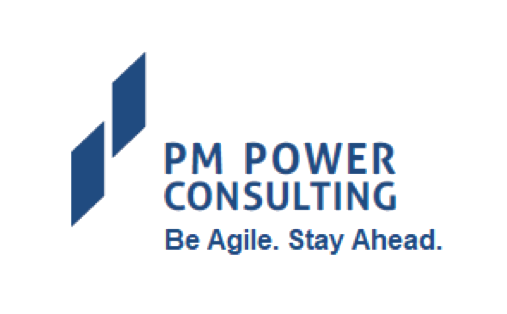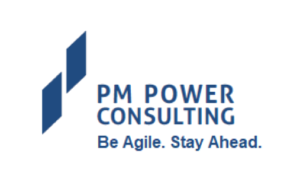Sometime in March 2016, we started with the first part (“Great Practices”) in the series Risk Management: Good to Great. In May 2016, we followed up with Part II of the series on Enablers for Great Practices. To refresh your memory, here is the context diagram from the earlier parts:

In this post, we will focus on “measures of effectiveness” and how they help achieve “project outcomes” (circled in red in the diagram above).
We have taken the list of “great” risk management practices from the first post in the series and added what may be possible measures of effectiveness. The list of measures is not meant to be exhaustive but only representative – you could perhaps add many more.
Some sample measures of effectiveness:
| No. | “Great” practice | Measures of effectiveness |
| 1 | Team involvement in risk management | – The number of risks identified by team members (especially technical risks) as the project progresses
– Team members’ ability to recall of the top three project risks at any time – Suggestions from team members on risk mitigation actions and how to take them forward to implementation |
| 2 | Assessment of effectiveness of mitigation actions and in-flight corrections | Depends on specific mitigation actions. Couple of examples:
– Quality of tasks completed by individuals following a project-specific training program for the (such a training being the mitigation action for risk of inadequate skill) – Assessment of a product demo done by a “shadow” resource (“shadow” resource being the mitigation action for key staff attrition) |
| 3 | Business case for risk management – linking risk impact to business outcomes | – Classification of requirements – High, Medium and Low – from a business outcome point of view. Identification of implementation complexity (High, Medium, Low) for all requirements
– Identification and sharing of project date targets that have high impact on business outcomes (with reasons as to why they have high impact) |
| 4 | Effective risk ownership – at multiple levels in the organization | – Effective and on-time implementation of risk mitigation actions |
| 5 | Collaborative risk management with customers and partners | – Mitigation actions for some specific risks have owners spanning customer and partner organizations |
Hope the above table is triggering your thoughts on how you have assessed risk management practice effectiveness in your experience.
Risk management practices and their effectiveness are not ends in themselves. They need to contribute to successful project outcomes. That is the last link in the context diagram that we saw at the start of this post.
Project outcomes such as product features delivered, timeliness, product quality and cost are influenced by many factors, risk management practices being only one of them. However, there are some indicators which clearly demonstrate the linkage between project outcomes and risk management practices. One is the number of risks which were not at all in the project radar during the entire development but which eventually materialized very late – seriously impacting one or more project outcomes, say, the timeliness outcome.
Project outcomes are also the acid test (although a lag indicator) on whether
– the “great” risk management practices are indeed working well
– the right measures of effectiveness are being used
– enablers (organizational culture, infrastructure for risk management, skills in the product & expertise in the business domain) are helping the practice of risk management
That brings us to the end of this series on Risk Management – Good to Great. Hope it provided a useful perspective for you.
Please take a moment to once again visualize in your mind the complete picture emerging from this series of posts:
Individual competencies and Enablers that contribute to taking risk management practices from Good to Great; monitored & improved using measures of effectiveness; contributing to eventual project outcomes.
As always, we look forward to hearing from you on this post.
Sivakumar (ShivK).



